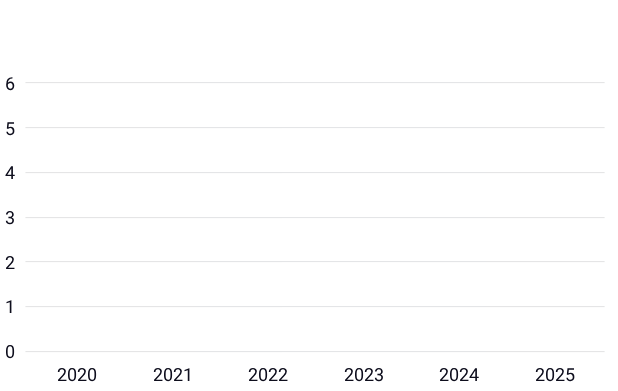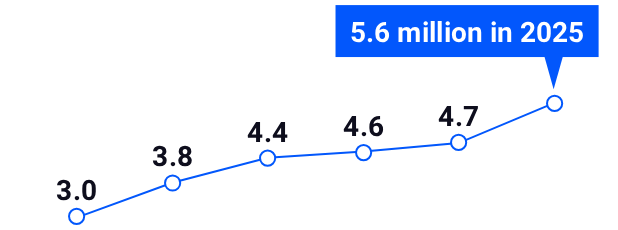"For fifteen years, this report has tracked what is now the fastest growing and most resilient segment of the modern workforce. Independent professionals are not just responding to change—they're driving it."
Teresa Creech, President
MBO Partners by Beeline
Introducing the 2025 MBO State of Independence Study
Celebrate 15 years of independent workforce insights with the landmark 2025 MBO State of Independence Study—debuting this year at the SIA CWS Summit in Dallas. Join Beeline and MBO as we connect with the brightest minds shaping the future of work.
This is just a preview!
Download the FULL STUDY now to access exclusive data, expert analysis, and bold predictions shaping the next era of independence.
Executive Summary
This year marks the 15th anniversary of our State of Independence research.
2025 marks the 15th year of tracking the rise and evolution of the independent workforce in the United States.
This year's State of Independence report confirms what previous years have suggested: independent work is no longer fringe. It's foundational, resilient, and increasingly the first choice for millions of Americans seeking agency, income, and alignment with their values.
Against a backdrop of AI disruption, economic uncertainty, and global instability, the return on independence—financial, emotional, and strategic—is more apparent than ever.
Key Findings
Insights by theme
Demographic Shifts & Diversity
The independent workforce is younger, more diverse, and more digitally native than ever. Gen Z's rapid entrance reflects both shifting values and limited access to traditional jobs.
Emotional and Financial ROI
Say they're happier
working on their own
Report earning more
working independently
Say they're happier working on their own
Report earning more working independently
Independent workers report higher levels of happiness, health, security, and self—expression than their traditionally employed peers. While 59% say they earn more independently, 84% say they're happier—and that may matter more.
Independence Is Built to Last
Nearly 80% of Independents plan to remain on this path or grow their business. Independence is not a fallback; it's a durable, chosen trajectory—one supported by technology, personal conviction, and economic opportunity.
Platforms, AI, and Going Global
The infrastructure supporting independent work—online platforms, talent marketplaces, AI tools, and global payment systems—has scaled dramatically. These tools don't replace the worker; they amplify them. Most Independents report AI boosts their capacity, creativity, and confidence.
The Creator Economy Is Surging Again
After a plateau in 2023, the number of independent content creators jumped 13% in 2025 to 10.1 million.
After a plateau in 2023, the number of independent content creators jumped 13% in 2025 to 10.1 million. Younger workers are leading the way, but older creators—including "granfluencers"—are gaining ground.
Younger workers are leading the way, but older creators—including "granfluencers"—are gaining ground.
Traditional Workers Are Taking Notice
36% of traditional employees now report having side gigs. Many see independent work as a backup plan—or a gateway. Nearly half worry about job loss. As trust in the employer—employee contract weakens, interest in independence grows.
The continued rise of the $100k Independents
In 2025, a record 5.6 million Independent workers reported earning more than $100,000 annually—well above the typical U.S. worker salary of approximately $66,000.
That's a nearly 19% increase from 4.7 million in 2024 and almost double the number from 2020 (3 million). When this study began in 2011, just 1.9 million Independents earned six figures. This growth is being driven by two key trends:
Number of $100k+ Independents Increased 19% to 5.6 Million (Data in millions)
Number of $100k+ Independents Increased 19% to 5.6 Million
(Data in millions)



Conclusion: The future of work is here
Independent work has entered the mainstream. It's no longer an alternative, it is a deliberate, empowered choice. What began as a niche has become a movement.
Fifteen years of data confirms it: independence is no longer an alternative; it's an asset. And in 2025, more Americans than ever are seeing the Return on Independence.
Want to read this case study?
Access our case studies to learn more about how MBO
drives results for our clients.

Download the Full 2025 State of Independence Report
Want to read this case study?
Access our case studies to learn more about how MBO
drives results for our clients.
